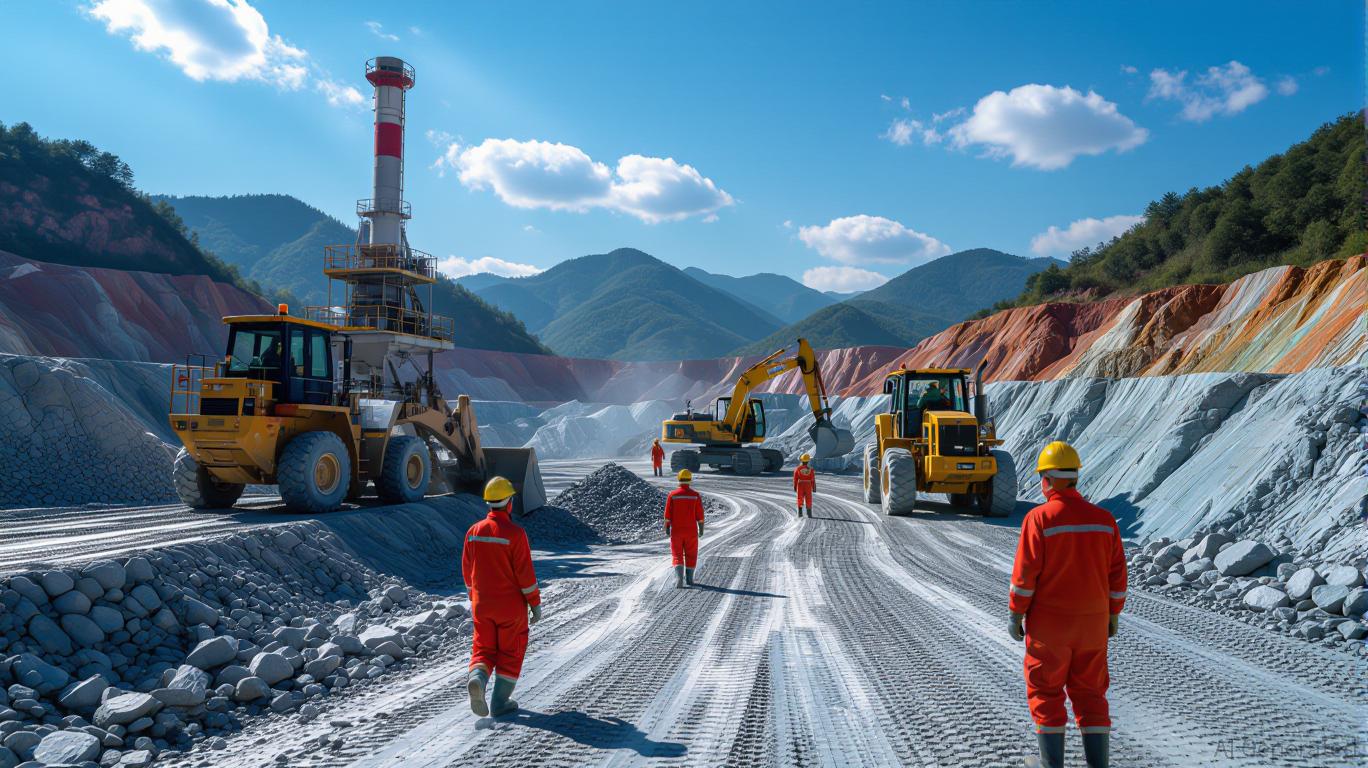The suspension of operations at Contemporary Amperex Technology Co. Ltd. (CATL)’s lithium lepidolite mine in Jiangxi province in early 2025 has sent ripples through the global lithium market, exposing vulnerabilities in a supply chain already strained by regulatory shifts and geopolitical tensions. This event, while temporary, underscores a broader transformation in the lithium industry—one driven by regulatory overhauls, resource nationalism, and the urgent need for diversification. For investors, the episode offers a window into both the volatility of commodity markets and the strategic opportunities emerging in undervalued upstream assets.

Regulatory Reforms and the New Normal
China’s tightening of lithium mining regulations, particularly the revised Mineral Resources Law enacted in July 2024, has forced companies like CATL to confront a new reality. The law centralizes permit authority under the Ministry of Natural Resources, effectively closing a loophole that allowed local governments to issue permits for industrial minerals like kaolinite, even when lithium content was present. This shift has not only disrupted existing operations but also signaled a government intent to curb overcapacity and ensure long-term resource security.
The immediate impact was felt in lithium futures markets. By July 2025, lithium carbonate prices on the Guangzhou Futures Exchange surged to over 80,000 yuan ($11,128), prompting exchanges to impose position limits to curb speculation. Other Chinese producers, including Jiangte Motor and Zangge Mining, followed suit by curtailing output, compounding the sense of market instability. While CATL resumed operations by August 2025, the regulatory environment remains fraught, with permit renewals and compliance under the new law posing ongoing risks.
Short-Term Volatility and Long-Term Strategic Shifts
The suspension of CATL’s mine exemplifies how production halts by key players can drive short-term volatility. Lithium’s role as a critical input for electric vehicle (EV) batteries and energy storage systems means any disruption to supply—especially from a company that accounts for 3% of global lithium production—can trigger sharp price swings. However, the broader lesson lies in the long-term strategic shifts these disruptions necessitate.
First, the incident has accelerated the push for supply chain diversification. The U.S. and European Union, long reliant on Chinese processing, are now prioritizing domestic production. The Inflation Reduction Act and the EU’s Critical Raw Materials Act are emblematic of this trend, incentivizing investments in lithium extraction and refining. Second, the suspension has highlighted the fragility of concentrated supply chains. With over 50% of global lithium reserves in the “Lithium Triangle” of Argentina, Bolivia, and Chile, and China dominating processing, the industry faces a precarious balance between cost efficiency and geopolitical risk.
Investment…
Read More: CATL’s Lithium Mine Suspension and Its Implications for the Global Supply



